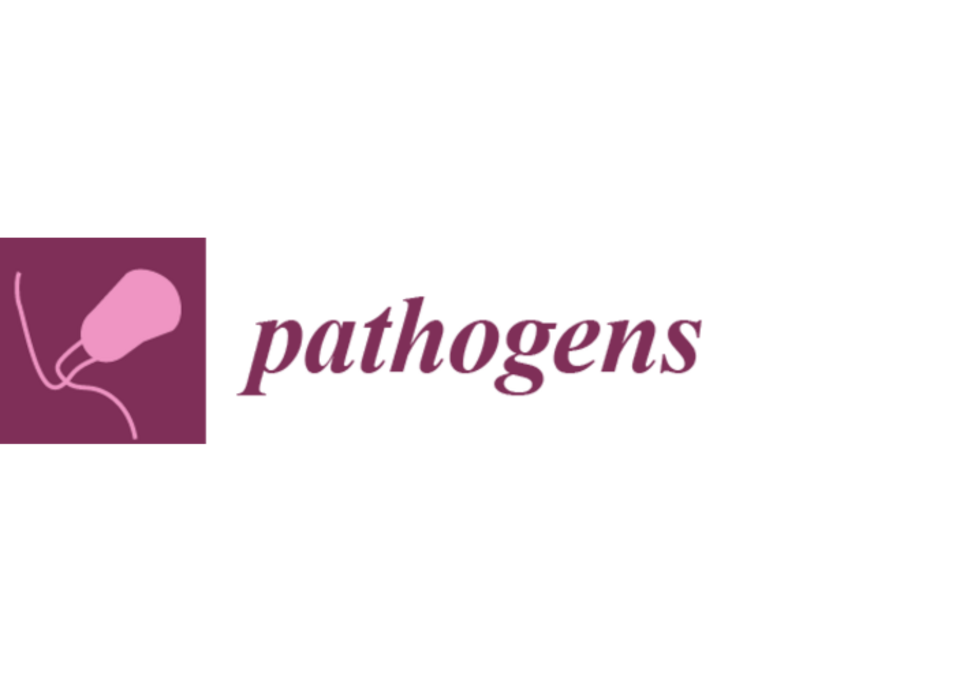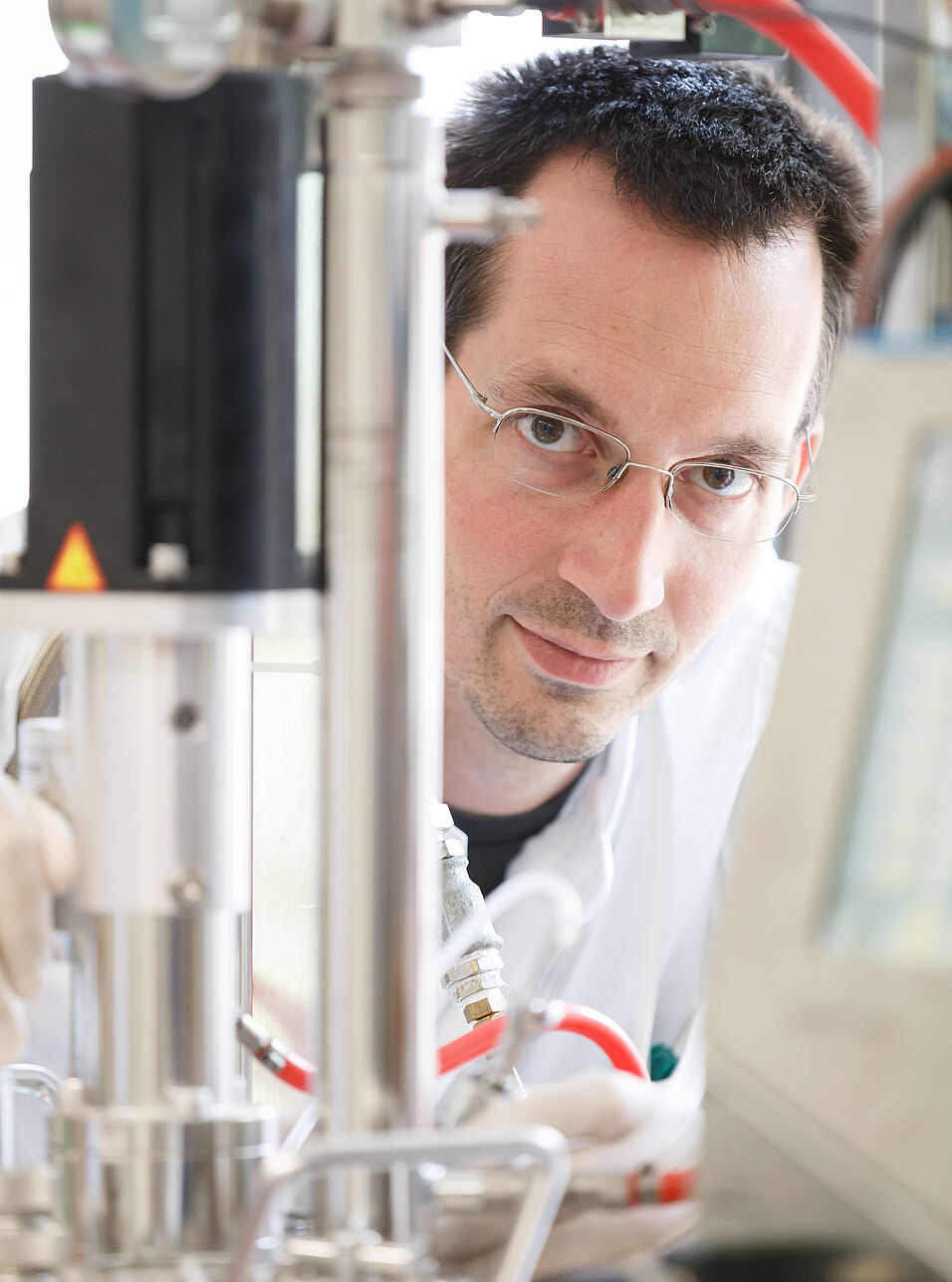Congratulations to Donadu MG, Ferrari M, Mazzarello V, Zanetti S, Kushkevych I,Rittmann SK-MR, Stájer A, Baráth Z, Szabó D, Urbán E, and Gajdács M. on their new publication in Pathogens. 2022; 11(4):471:
No Correlation between Biofilm-Forming Capacity and Antibiotic Resistance in Environmental Staphylococcus spp.: In Vitro Results.
Gavino Donadu et al. assessed the antibiotic-resistant characteristics of 299 Staphylococcus spp. and non- aureus staphylococci by antimicrobial susceptibility testing, detection of methicillin resistance, and their capacity to produce biofilms. It was found that rifampicin resistance can be used to predict the biofilm-forming capacity of the tested staphylococci.
Full abstract:
The production of biofilms is a critical factor in facilitating the survival of Staphylococcus spp. in vivo and in protecting against various environmental noxa. The possible relationship between the antibiotic-resistant phenotype and biofilm-forming capacity has raised considerable interest. The purpose of the study was to assess the interdependence between biofilm-forming capacity and the antibiotic-resistant phenotype in 299 Staphylococcus spp. (S. aureus n = 143, non-aureus staphylococci [NAS] n = 156) of environmental origin. Antimicrobial susceptibility testing and detection of methicillin resistance (MR) was performed. The capacity of isolates to produce biofilms was assessed using Congo red agar (CRA) plates and a crystal violet microtiter-plate-based (CV-MTP) method. MR was identified in 46.9% of S. aureus and 53.8% of NAS isolates (p > 0.05), with resistance to most commonly used drugs being significantly higher in MR isolates compared to methicillin-susceptible isolates. Resistance rates were highest for clindamycin (57.9%), erythromycin (52.2%) and trimethoprim-sulfamethoxazole (51.1%), while susceptibility was retained for most last-resort drugs. Based on the CRA plates, biofilm was produced by 30.8% of S. aureus and 44.9% of NAS (p = 0.014), while based on the CV-MTP method, 51.7% of S. aureus and 62.8% of NAS were identified as strong biofilm producers, respectively (mean OD570 values: S. aureus: 0.779±0.471 vs. NAS: 1.053±0.551; p < 0.001). No significant differences in biofilm formation were observed based on MR (susceptible: 0.824 ± 0.325 vs. resistant: 0.896 ± 0.367; p = 0.101). However, pronounced differences in biofilm formation were identified based on rifampicin susceptibility (S: 0.784 ± 0.281 vs. R: 1.239 ± 0.286; p = 0.011). The mechanistic understanding of the mechanisms Staphylococcus spp. use to withstand harsh environmental and in vivo conditions is crucial to appropriately address the therapy and eradication of these pathogens.
Donadu MG, Ferrari M, Mazzarello V, Zanetti S, Kushkevych I, Rittmann SK-MR, Stájer A, Baráth Z, Szabó D, Urbán E, Gajdács M. (2022) No Correlation between Biofilm-Forming Capacity and Antibiotic Resistance in Environmental Staphylococcus spp.: In Vitro Results. Pathogens. 11(4):471.


